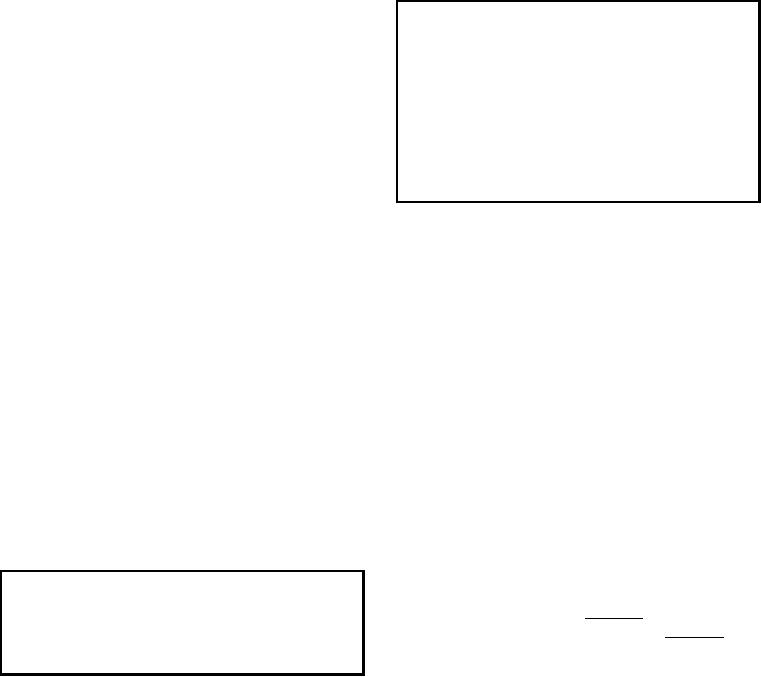
epoxy primer (MIL-P-23377, type I or type II)
overcoated with aliphatic polyurethane (MIL-C-81773
WARNING
or MIL-C-83286) or alternate paint system. Paint
You should wear goggles when mixing or using
systems are identified by a decal or stencil located on
thinners and solvents. You should also wear goggles
the right side of the aft fuselage.
or a face shield, respirator, rubber gloves, and
Standardized interior paint touchup systems
coveralls during all paint touchup and paint spraying.
consist of TT-P-1757 zinc chromate primer. Paint
Eating, drinking, or smoking should NOT be allowed
materials that are within their original shelf life or
in areas where paint or solvent is being used or
within an extended shelf life are preferred. However, if
stored.
materials are beyond shelf life date, you should test
them on a small sample of scrap aluminum.
Before you apply the primer, ensure that the surface
has been cleaned, chemically treated, and prepared for
Epoxy-Polyamide Primer MIL-P-23377
spraying. Then, apply a cross coat of epoxy-polyamide
primer and allow the coat to air dry for 1 hour. The total
The epoxy-polyamide primer is supplied as a
dry film thickness of primer should be 0.6 to 0.9 mil. If
two-part kit. Each part must be stirred or shaken
the temperature is below 70F, you should allow 2 to 3
thoroughly before mixing. One component contains the
hours for drying. Do not spray if the temperature is
pigment in an epoxy vehicle, while the other
below 50F.
component consists of a clear polyamide used as a
hardener for the epoxy resin. These components are
Polyurethane Paint Systems
packaged separately and have excellent storage
stability. However, when the two parts are mixed, the
All personnel assigned duties involving the mixing
pot life is limited to 8 hours. Only the amount that you
and application of polyurethane coatings should
can use in 8 hours should be mixed. The established
receive a preplacement and periodic medical
mixing ratios must be followed closely, otherwise poor
evaluation. The date and results of each medical
adhesion, poor chemical resistance, or inadequate
evaluation should be entered on the Administrative
drying may result. The clear polyamide hardener
Remarks page of the individual's service record and in
should always be added to the pigmented component.
the individual's training jacket.
The polyurethane systems used on naval aircraft
consist of two types. The aliphatic type is used in
CAUTION
MIL-C-83286 polyurethane paints. The aromatic type
Do not mix components from different man-
is used in MIL-C-85322 rain erosion-resistant coatings.
ufacturers.
These materials generally present no special hazard to
health when they are cured (dried). They do require
The mixed epoxy-polyamide primer can be thinned
special precautions during their preparation, applica-
to obtain the proper viscosity for spraying. However,
tion, and curing because isocyanate vapors are
you should check the local air pollution regulations for
produced. The untreated isocyanates released can
restrictions and regulations regarding the use of certain
produce significant irritation to the skin, eyes, and
solvents and thinners.
respiratory tract even in very small concentrations.
They may also induce allergic sensitization.
To spray epoxy-polyamide primer, you should thin
it with MIL-T-81772, type II (preferred) or type I. The
MIL-C-83286 aliphatic polyurethane is the
thinned primer should be stirred thoroughly, strained,
standard general-purpose exterior protective coating
and allowed to stand for a minimum of 15 minutes prior
for aircraft surfaces. Its unique combination of
to spraying it. The thinning ratio may vary to obtain the
flexibility, gloss retention, and resistance to fuels and
proper spraying viscosity, which is 17 to 18 seconds in
lubricating oils make the coating extremely suitable for
a No. 2 Zahn cup. The 15-minute standing time permits
aircraft exterior surfaces. It is supplied as a
the components to enter into chemical reaction, reduce
two-component kit of base and catalyst. You should use
cratering, preclude the clear resin component from
aliphatic polyurethane over epoxy-polyamide primer
"sweating out" or separating, and to allow any bubbles
and for touchup and insignia marking over
(formed while stirring) to escape.
polyurethane paint systems.
5-28

